From Churchill to Michael Caine, Twiggy to the Fab Four, Britain is known around the world for its 20th-century icons. We take a look at the Brits and the brands that have made this country great.
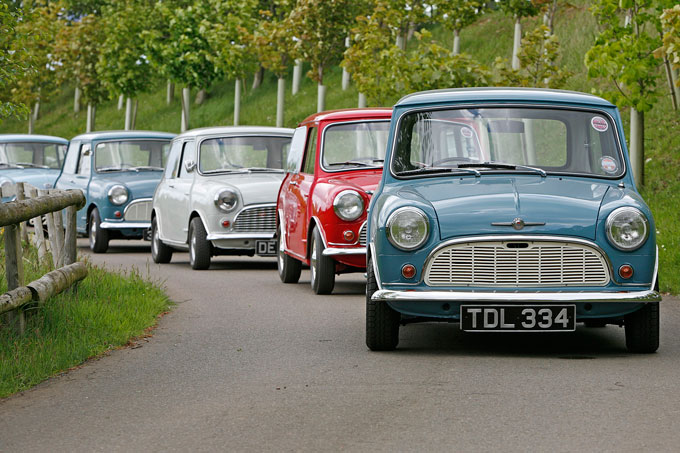
An icon embodies a genre, an age, or even a nation. Think Sir Winston Churchill, Sir Michael Caine or Bobby Moore, and you think not just of politics, film and football – but of Britain, great and triumphant. Ian Fleming’s James Bond and Alfred Hitchcock reign supreme within their field, influencing subsequent spy and thriller fiction throughout the world. Margaret Thatcher wasn’t just a Prime Minister and leader of the Conservative Party, any more than Diana was just another princess. They were examples of how, in modern Britain, women could rise to the top.
Today, after the long reign of fish and chips as the national dish, nothing says British food better than a good old curry – epitomising the gradual embracing of Asian culture. According to John Lloyd and John Mitchison’s Book of General Ignorance, Britain’s most popular restaurant dish, chicken Tikka Masala, was invented by a Glaswegian Asian in the early 1970s.
Goodwood Racecourse is an undoubted icon of the horse-racing world. Since the first race took place in 1802, the grand old course has seen enthusiasts through European and global war, the rise and fall of an Empire, industrial, technological and communications revolutions, universal suffrage and the creation of the European Union. Famously described by King Edward VII as “a garden party with racing tacked on”; in 1906, the same monarch discarded formal morning dress in favour of a linen suit and Panama hat, starting a trend – the Goodwood Panama – that continues to this day.
For over 200 years the great, good and stylish have come to Goodwood to enjoy one of Britain’s oldest sporting occasions, but like much else, Goodwood racing, was put on hold during the Second World War. Close to the southern coast and the English Channel, a meeting of this sort was just too dangerous to risk. And besides, people’s minds were on other things. Although war and its Welfare State aftermath defined the 1940s, the decade’s legacy is found in how people responded to those difficult times. Perhaps no other icon says the 1940s better than Dame Vera Lynn, the forces sweetheart; through her songs and image, she gave hope to a nation during the dark days of war. And as with all icons, people remember. When last year her ‘best of’ album reached number one in the UK charts, outselling Brit pop band, the Arctic Monkeys and a remastered version of the entire Beatles collection, she became the oldest living artist to reach the top of the charts and the only person whose career spans the chart’s entire history, having had three songs in the very first singles’ chart in 1952.
Something brown, round and nutritious also became an icon of those times – the baked potato. Terry Charman Senior Historian at the Imperial War Museum, says that during the war and in its aftermath, the Ministry encouraged people to eat more spuds, and to rely on home-grown products. “Potato production went up 80 per cent,” he says, and a little character – Potato Pete – began appearing on leaflets, posters and on radio, encouraging people to eat more potatoes.
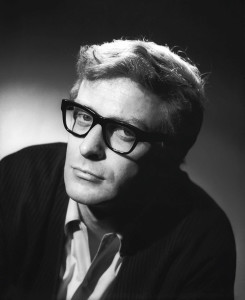
In the 50s, post-war revival really got underway. By then, over 60,000 creative students studied in British universities and exciting new cars like the Morris Minor and the Ford Consul were on the roads. Christine Lalumia, Deputy Director of the Geffrye Museum in London picks Gordon Russell and Howard Keith as two of Britain’s top post-war furniture designers. “They were known for the elegance of their work, their interest in creating designs which reflected contemporary life, and for their adherence to principles of ‘good design’,” she says. “All of their pieces were appropriate for middle-class homes in which the owners desired a fresh and modern style – attractive and also fit-for-purpose – at an affordable price. That these concerns are still so relevant today makes the work of Gordon Russell and Howard Keith so timeless.”
Whereas the 50s was full of positive hope for the future, in the 60s and 70s people with a renewed sense of stability and security, started to find their own way. Diversity became increasingly acceptable and everyone from mods and rockers, and Punks through to New Romantics took fashion, music and culture in different directions. Zandra Rhodes was one of the new wave of British designers who took London to the forefront of the international fashion scene in the 1970s (she founded the Fashion and Textile Museum in Bermondsey, London in 2003). And London-born Twiggy (Leslie Dawson), with her large eyes, long eyelashes and slim build, became the world’s first international supermodel and a global fashion icon.
As the political tide turned towards the right wing in the 1980s, the creative community rebelled against the materialist ethos. Vivienne Westwood bought her punk-influenced designs into the mainstream, comedian Ben Elton made a career out of mocking ‘Thatcher’s Britain’ and fashion designer Wayne Hemmingway MBE started selling second hand clothes on a stall in the now iconic Camden Market – famous as an affordable outlet for alternative style and clothing.
But as Britain diversified, solid foundations remained. Pillars around which people could unite, institutions that meant change could occur without breaking society’s structure.
An innocuous little car once driven by Michael Caine through the streets of Turin in the 1969 film, The Italian Job, became one such icon. Japanese and German cars would soon flood the market, but in the face of this invasion, the Mini would remain supreme as a bastion of Britishness. Small, robust and full of enduring character; like Britain in the political world of the 60s, 70s and 80s, it stood toe to toe with its larger more powerful peers, regularly punching above its weight in terms of influence and popularity.
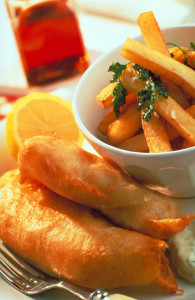
First produced by the British Motor Corporation in 1959, its space-saving front-wheel-drive layout meant 80 per cent of the floor plan could be used for passengers and luggage, influencing a generation of car makers. One and half million Minis were sold in Britain over 45 years, and in 1999, it was voted the second most influential car of the 20th century, behind the American, Ford Model T.
Since the war, British culture has diversified even further as technological changes have made the seas that surround this island less of a barrier to outside influence. Today Britain is fast becoming a thriving multicultural nation – enriched by its interactions with people and cultures from all over the world. From Lucienne Day, to Carnaby Street and the Mini; British culture has always had a wonderfully homemade feel to it. With icons like these, Britain should be able to stave off the threat of celebrity culture and reality TV and continue to develop its cultural diversity in a typically honest, inventive and British way.
Where to find out more:
Geffrye Museum, Kingsland Road, London. A museum showing the changing style of the English domestic interior in a series of period rooms from 1600 to the present day. Tel: (020) 7739 9893
Imperial War Museum, Lambeth Road, London. Tel: (020) 7416 5000
Gallery of Costume, Platt Hall, Rusholme, Manchester. The collection in this Grade-II listed Georgian house now includes a Givenchy dress worn by Audrey Hepburn. Tel: (0161) 245 7245
Victoria and Albert Museum, Cromwell Road, London. The V&A is the greatest museum of art and design holding over 3,000 years worth of artefacts from many of the world’s richest cultures, including ceramics, fashion, furniture, glass, metalwork, paintings, photographs, prints, sculpture and textiles. Tel: (020) 7942 2000

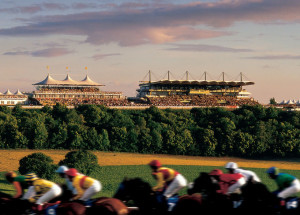
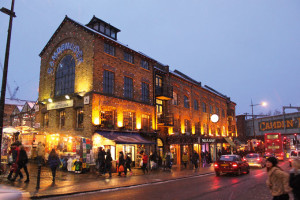




 © 2024
© 2024